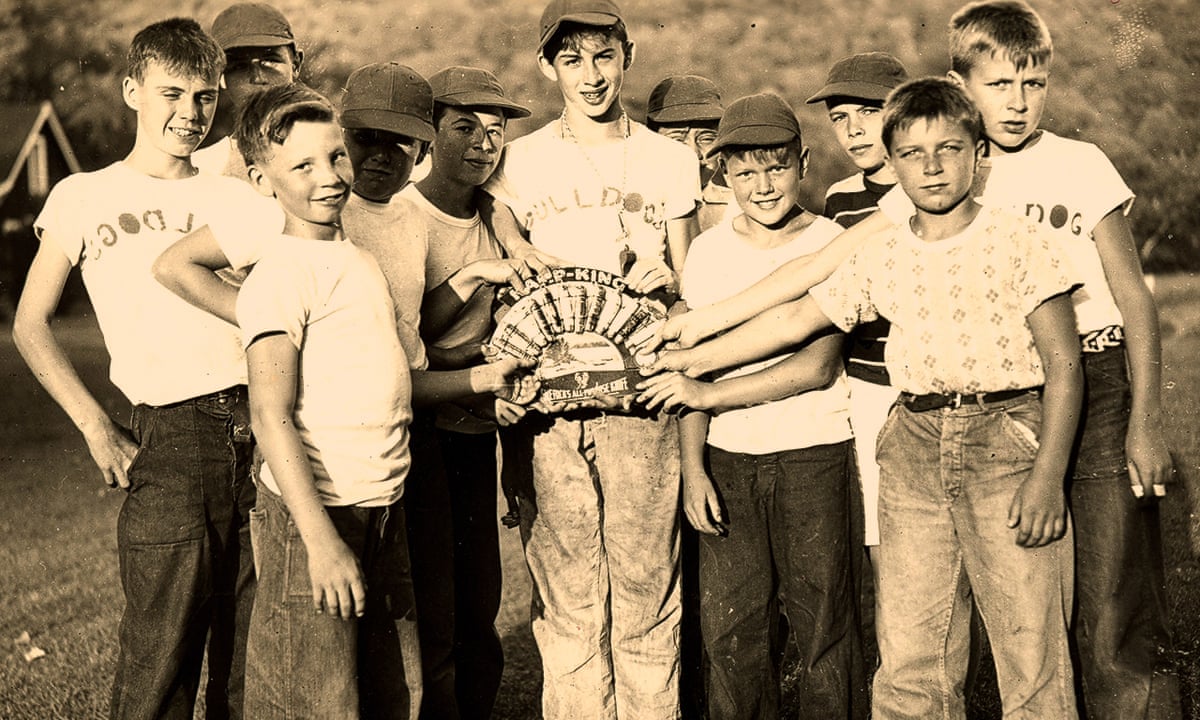
What was the Robbers Cave Experiment? Imagine a summer camp where kids are split into two groups, each thinking they're the best. This isn't just any camp; it's a social experiment. The Robbers Cave Experiment was a study conducted in 1954 by psychologist Muzafer Sherif. It aimed to understand how group conflict and cooperation develop. Boys aged 11-12 were taken to a state park in Oklahoma, unaware they were part of a study. They were divided into two groups, the Eagles and the Rattlers, and engaged in activities designed to foster group identity. Conflict quickly arose when the groups competed, but cooperation emerged when they faced common challenges. This experiment revealed much about human behavior, group dynamics, and conflict resolution. Curious to learn more? Let's dive into 35 intriguing facts about this groundbreaking study.
Key Takeaways:
- The Robbers Cave Experiment showed that cooperation towards common goals can reduce conflict between groups, offering timeless lessons on human behavior and conflict resolution.
- Despite ethical concerns, the study's findings on prejudice, stereotypes, and leadership remain relevant in addressing modern social and political conflicts.
The Origins of the Robbers Cave Experiment
The Robbers Cave Experiment is a famous social psychology study conducted in the 1950s. It aimed to explore group dynamics and conflict resolution among young boys. Here are some fascinating facts about this groundbreaking study.
-
The experiment was conducted by Muzafer Sherif, a Turkish-American social psychologist, in 1954.
-
Robbers Cave State Park in Oklahoma served as the location for the study, giving the experiment its name.
-
The study involved 22 boys, all aged 11-12, who were unaware they were part of an experiment.
-
Boys were divided into two groups, the "Rattlers" and the "Eagles," to observe intergroup conflict and cooperation.
The Three Phases of the Experiment
The Robbers Cave Experiment was divided into three distinct phases: In-group Formation, Friction, and Integration. Each phase provided unique insights into human behavior.
-
During the In-group Formation phase, boys participated in activities to bond with their assigned group.
-
The Friction phase introduced competitive activities, leading to increased hostility between the groups.
-
In the Integration phase, researchers introduced tasks requiring cooperation between the groups to achieve common goals.
-
The experiment demonstrated that competition for limited resources can lead to intergroup conflict.
Key Findings and Theories
The Robbers Cave Experiment contributed significantly to social psychology, particularly in understanding group behavior and conflict.
-
One major finding was that intergroup conflict can be reduced through the introduction of superordinate goals.
-
The study supported the Realistic Conflict Theory, which suggests that conflict arises from competition for limited resources.
-
Researchers observed that prejudice and stereotypes can be diminished through cooperative activities.
-
The experiment highlighted the importance of leadership in resolving group conflicts.
Ethical Considerations
While the Robbers Cave Experiment provided valuable insights, it also raised ethical questions about the treatment of participants.
-
The boys were not informed they were part of an experiment, raising concerns about consent.
-
Some activities led to emotional distress among participants, sparking debates about the ethical treatment of subjects in psychological studies.
-
The study's design involved deception, as the boys were unaware of the researchers' true intentions.
Legacy and Impact
The Robbers Cave Experiment has left a lasting legacy in the field of social psychology, influencing subsequent research and theories.
-
The study inspired further research into group dynamics, prejudice, and conflict resolution.
-
It has been referenced in numerous psychology textbooks and academic papers.
-
The experiment's findings have been applied in various fields, including education, organizational behavior, and conflict resolution.
-
The Robbers Cave Experiment is often cited as a classic example of field research in social psychology.
Interesting Tidbits
Beyond the core findings, the Robbers Cave Experiment is filled with intriguing details that add depth to its story.
-
The boys were selected based on their similar backgrounds to minimize pre-existing differences.
-
Researchers acted as camp counselors to observe the boys' behavior without arousing suspicion.
-
The boys developed strong group identities, even creating flags and symbols for their groups.
-
Conflicts between the groups included name-calling, theft, and physical altercations.
-
The introduction of superordinate goals, such as fixing a water supply, successfully reduced intergroup hostility.
-
The experiment demonstrated that cooperation towards a common goal can foster positive intergroup relations.
Criticisms and Controversies
Despite its contributions, the Robbers Cave Experiment faced criticism and controversy over various aspects.
-
Some critics argue that the study's artificial setting limits the generalizability of its findings.
-
Ethical concerns about the lack of informed consent and potential harm to participants have been widely discussed.
-
The use of deception in the study has been a point of contention among psychologists.
-
Some researchers question the validity of the findings due to potential biases in the study's design and execution.
Modern Relevance
The lessons from the Robbers Cave Experiment remain relevant today, offering insights into contemporary issues.
-
The study's findings on intergroup conflict and cooperation are applicable to modern-day social and political conflicts.
-
Understanding group dynamics can help address issues of prejudice and discrimination in society.
-
The experiment's emphasis on superordinate goals can inform strategies for conflict resolution in various settings.
-
The Robbers Cave Experiment continues to be a valuable teaching tool in psychology courses.
-
Its legacy endures as a reminder of the complexities of human behavior and the potential for positive change through cooperation.
-
The Robbers Cave Experiment remains a cornerstone in the study of social psychology, offering timeless lessons on group behavior and conflict resolution.
Lessons from the Robbers Cave Experiment
The Robbers Cave Experiment taught us a lot about human behavior and group dynamics. It showed how easily conflict can arise when groups compete for limited resources. But it also highlighted that cooperation and shared goals can bring people together. This experiment has been used to understand prejudice, discrimination, and ways to reduce conflict in various settings.
Understanding these lessons helps in building better communities and workplaces. It reminds us that fostering cooperation and empathy can lead to more harmonious relationships. The experiment's findings remain relevant today, offering insights into how we can address social issues and promote unity. By applying these principles, we can work towards a more inclusive and peaceful society.
Frequently Asked Questions
Was this page helpful?
Our commitment to delivering trustworthy and engaging content is at the heart of what we do. Each fact on our site is contributed by real users like you, bringing a wealth of diverse insights and information. To ensure the highest standards of accuracy and reliability, our dedicated editors meticulously review each submission. This process guarantees that the facts we share are not only fascinating but also credible. Trust in our commitment to quality and authenticity as you explore and learn with us.


